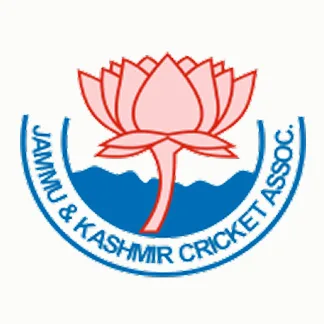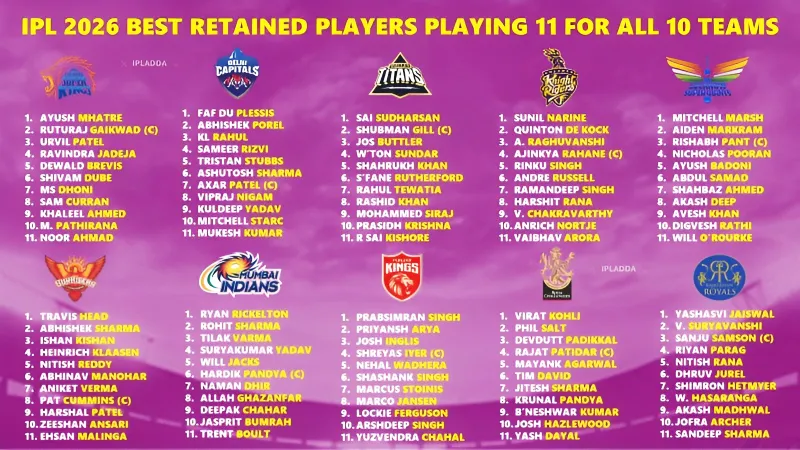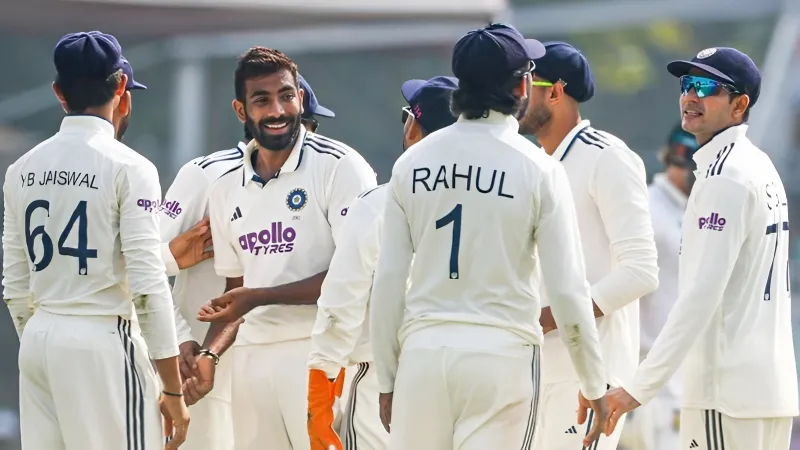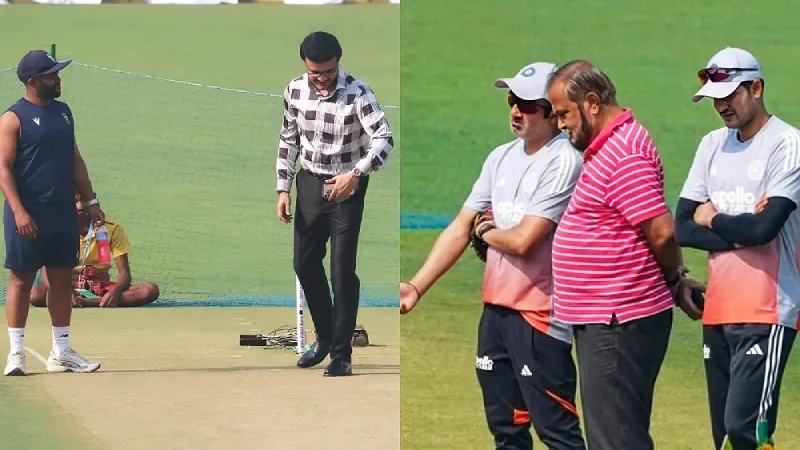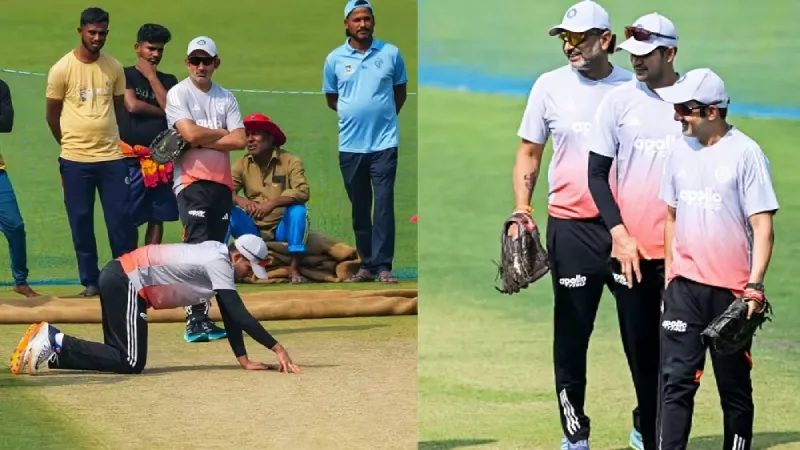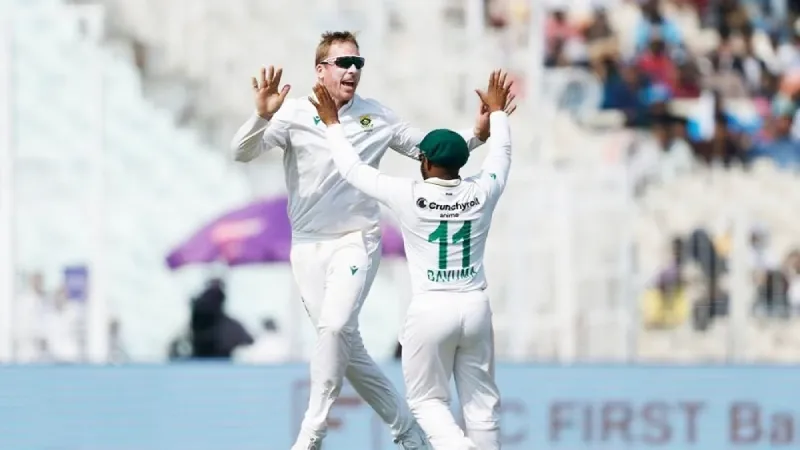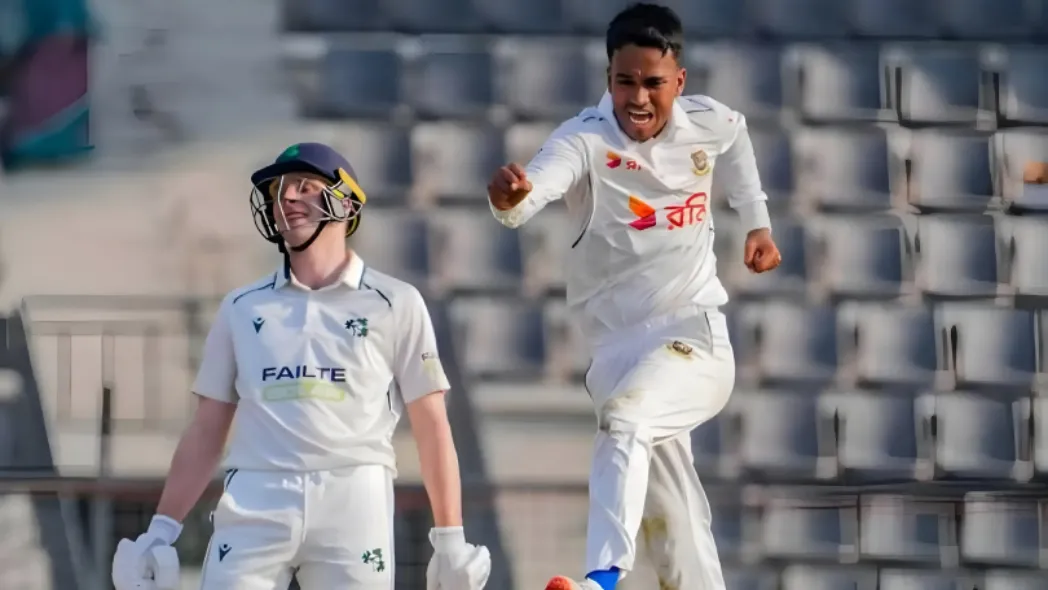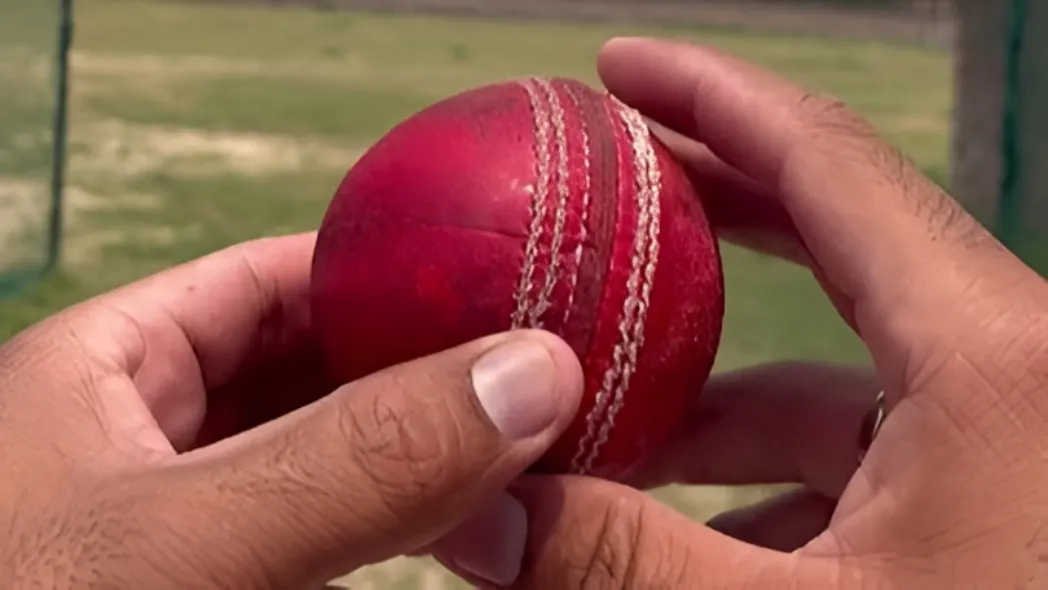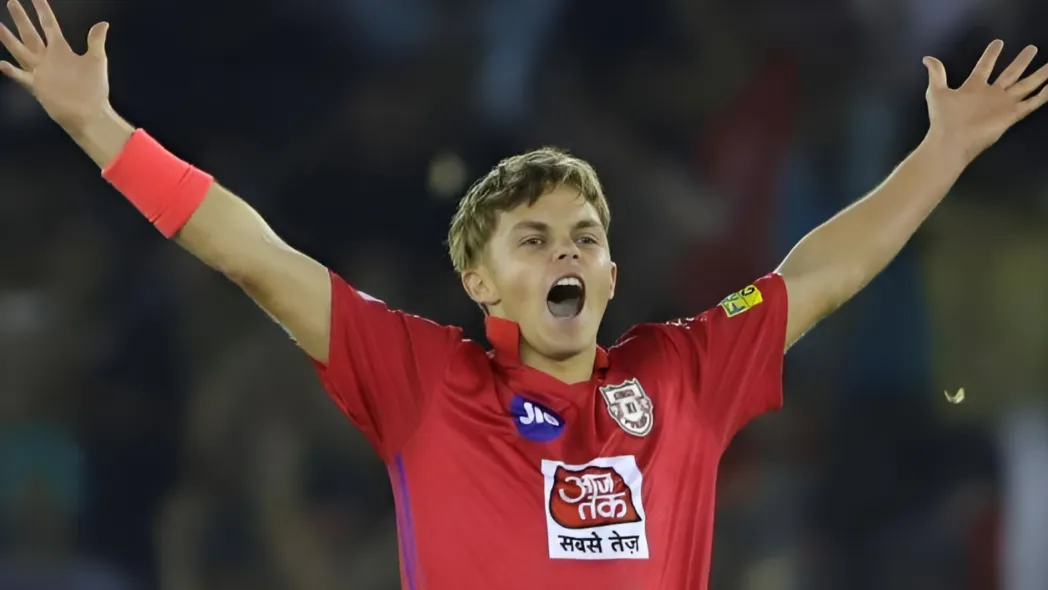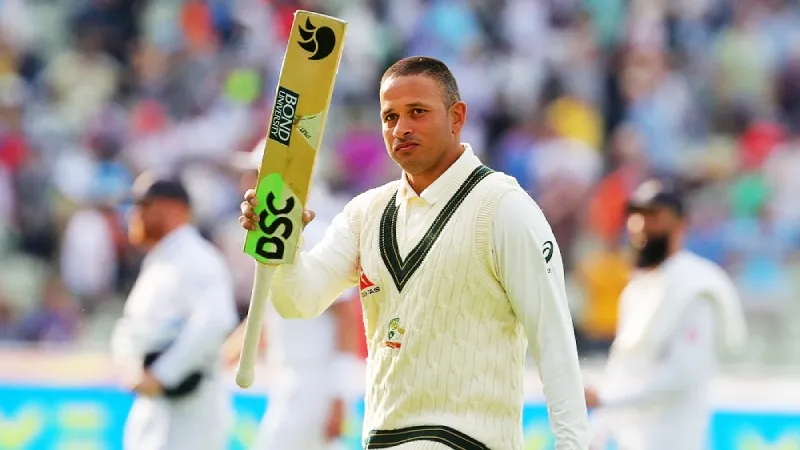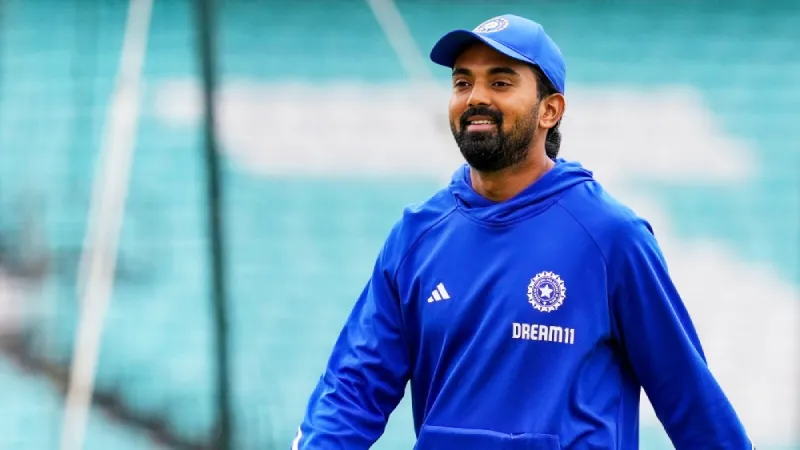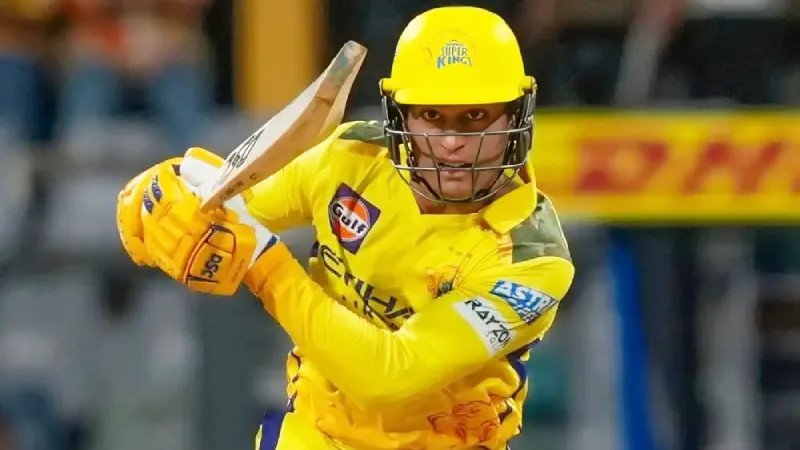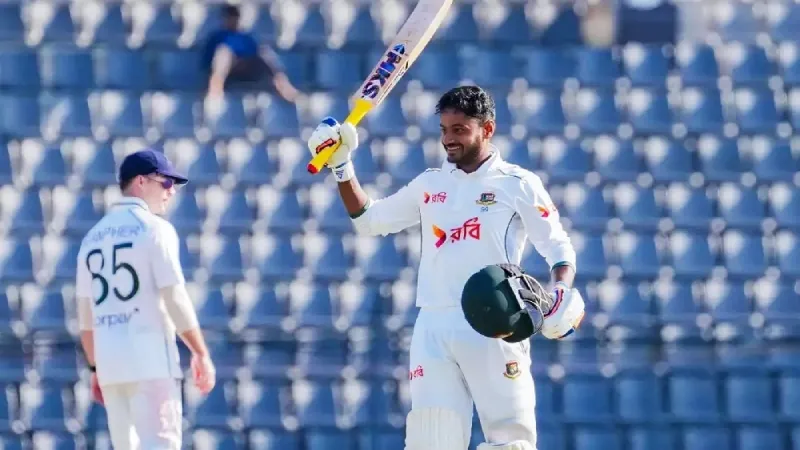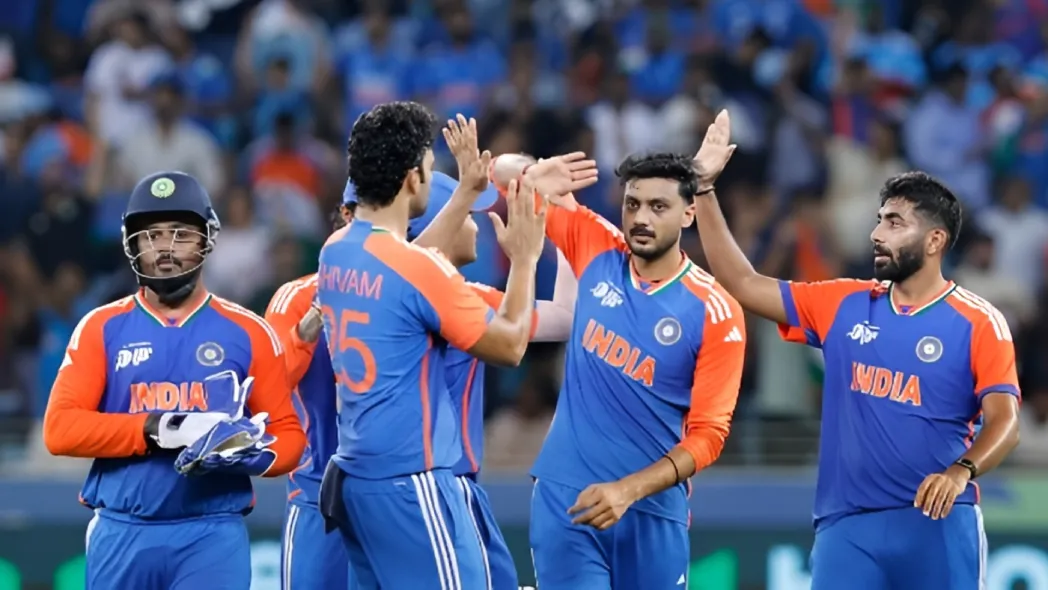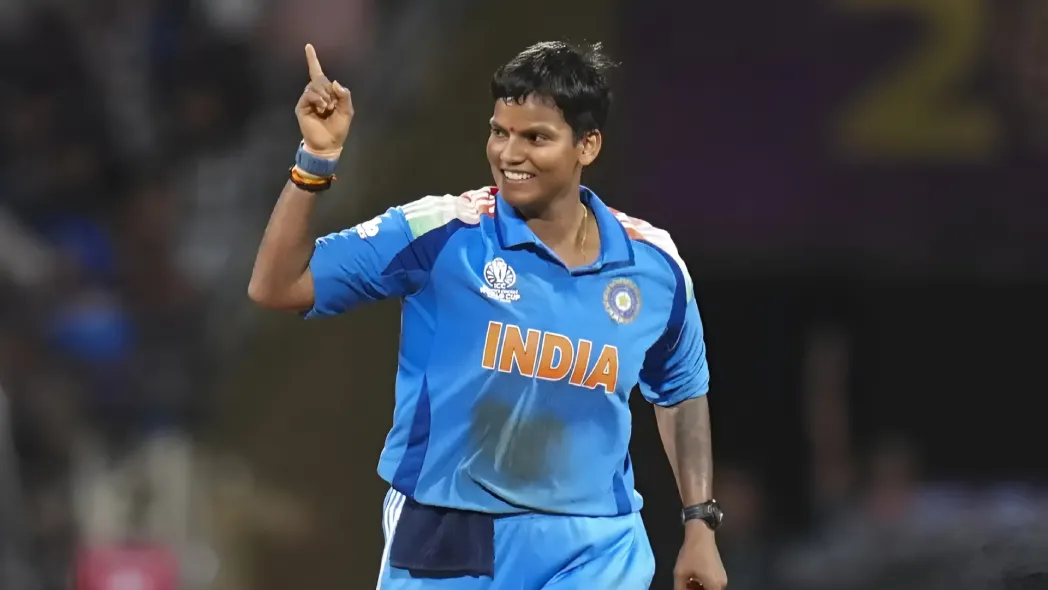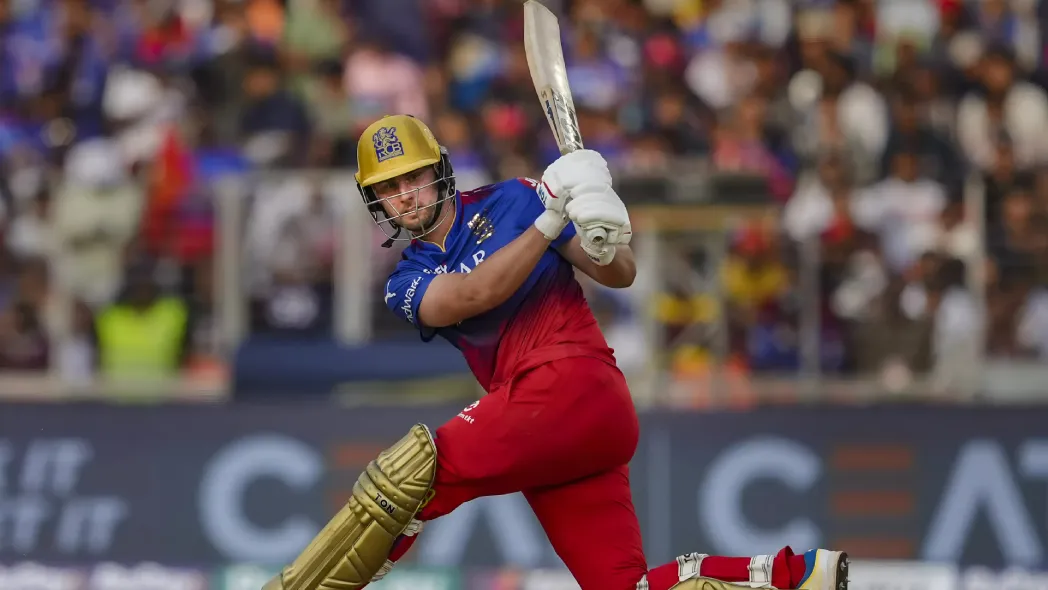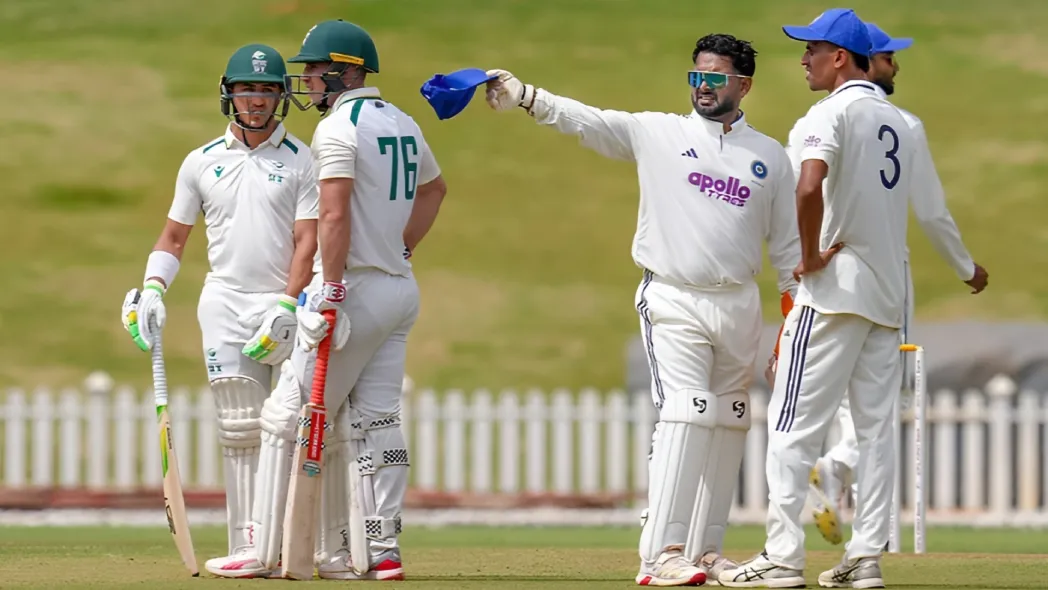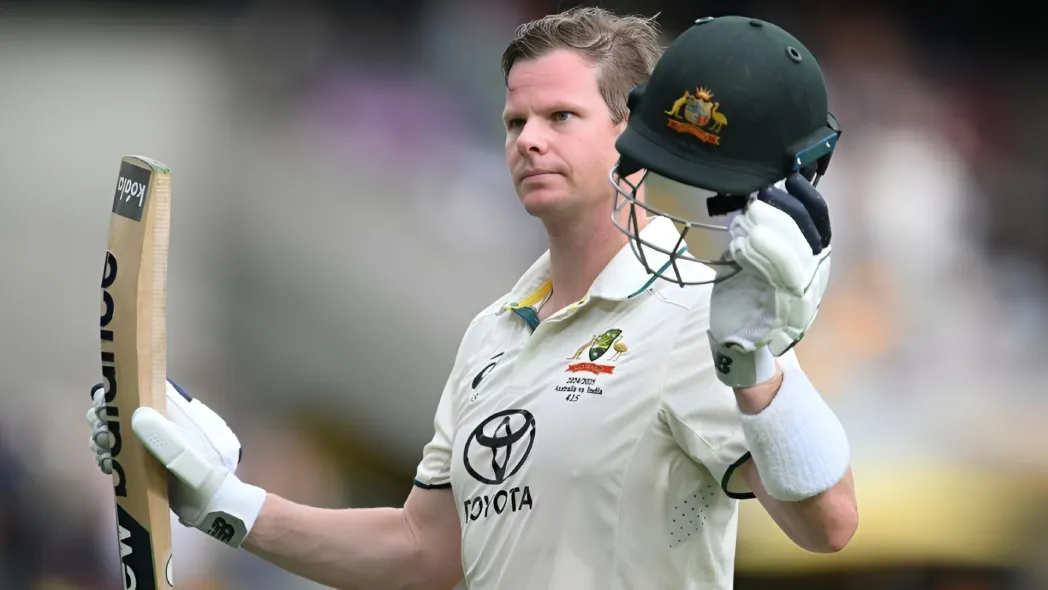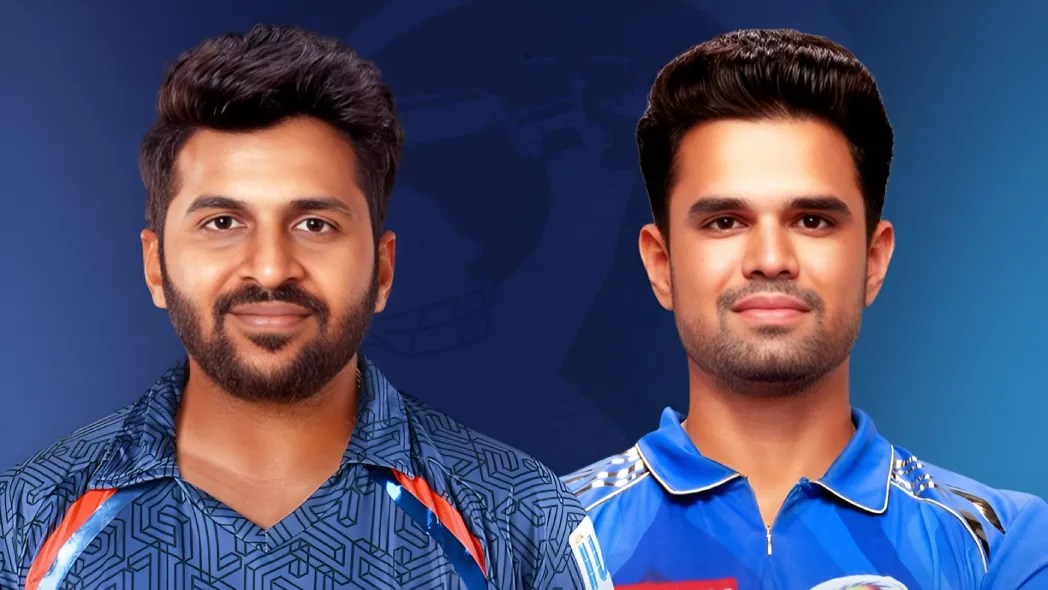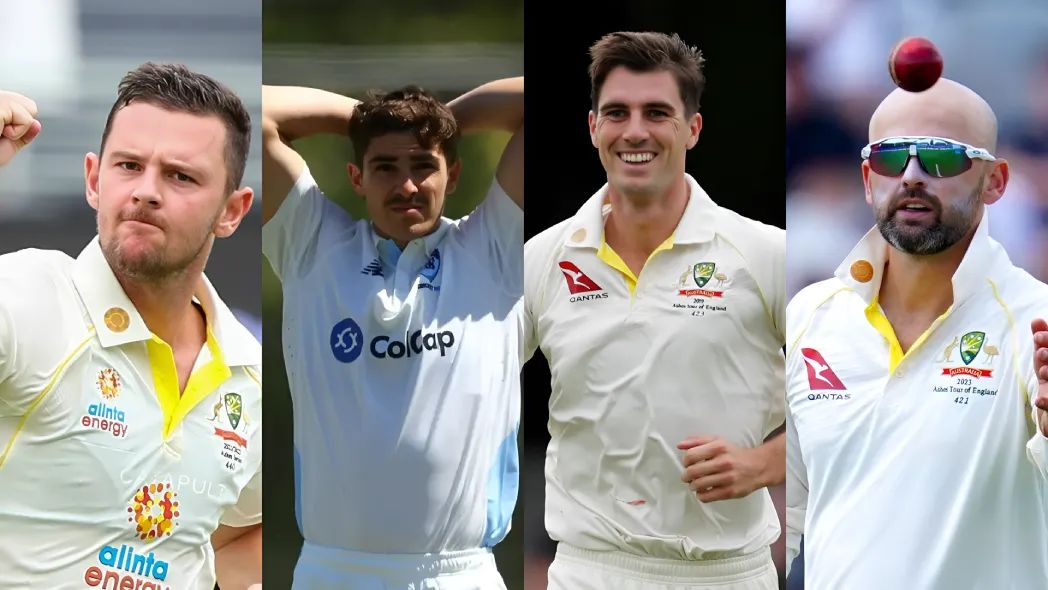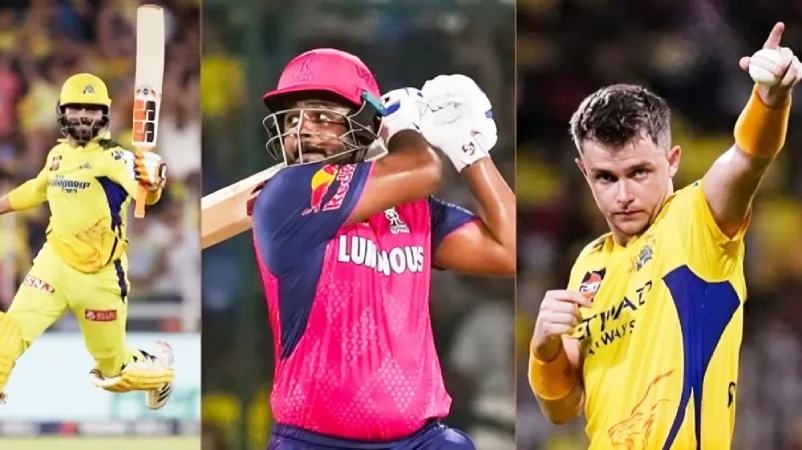Every IPL retention window delivers its share of polite surprises, but the 2026 edition felt more like a high-voltage plot twist. Ten teams walked in with calculators, walked out with courage, and left fans wondering: since when did proven match-winners become expendable?
When defending champions RCB let go of Lungi Ngidi, owner of 29 IPL wickets in just 16 games, it wasn’t just a release; it was a message. Same story with PBKS dropping Glenn Maxwell despite his relatively cheap ₹4.2 crore tag, or CSK saying goodbye to Matheesha Pathirana, their once-unreplaceable “Baby Malinga.”
Budgets That Bite Back
The most common reaction from fans was disbelief. How did Maxwell, Faf, Russell, Bishnoi, and Hasaranga all end up in the release pile? The answer lies in value compression. Teams no longer see established names as guaranteed assets; they see them as cap inefficiencies.
Take Maxwell: yes, he had a poor 2025 season (48 runs in six innings), but at ₹4.2 crore, he wasn’t remotely financial deadweight. Yet PBKS still cut him loose because they’re redefining what “value” means: availability, consistency, and role clarity outweigh legacy.
Age and Durability Now Outrank Reputation
Look at the list: Faf du Plessis (41), Andre Russell (37), Karn Sharma (38). Even Pathirana, just 22, carried durability concerns. Franchises are brutally honest now: if you can’t guarantee continuity across a 14-match league plus playoffs, they’ll find someone who can. Russell, despite his 2593 runs and 122 wickets, symbolizes this shift impact no longer protects players from long-term planning.
The Pace Gamble Renewed
Ngidi, Coetzee, Simarjeet, and Pathirana are four pacers who, on paper, should be hot commodities. Yet all were released. Why? Teams want bowlers who can operate across phases, stay fit, and adapt to flat surfaces. Coetzee’s two wickets in four games weren’t the real issue; his match-up inflexibility was. Pathirana’s release screams caution: CSK chose reliability over high-variance genius.
The Spin Reset Nobody Expected
The Bishnoi release stung the most. A 25-year-old with 72 IPL wickets should be the foundation of a franchise, not a departure headline. His dip in 2025 (economy 10.83) didn’t erase four seasons of quality. But LSG is clearly rebuilding spin from scratch, not tweaking. With Hasaranga also exiting RR and Karn Sharma leaving MI, the league is shifting away from specialist roles toward adaptive, batting-friendly all-round options.
Cricket’s New Retention Philosophy
This isn’t the first time IPL teams have made cold-blooded calls. Remember 2011, when KKR released Sourav Ganguly? Or 2018, when RCB let Chris Gayle walk and he became a PBKS megastar? But 2026 feels different. The volume of high-profile exits across every team tells us that franchises are embracing the analytical era more aggressively than ever. IPL squads used to be built around iconic cores; now they’re built around tactical versatility, injury risk modelling, and auction maneuverability. The league has grown up, and its retention patterns now resemble elite football transfer logic more than legacy cricket loyalty.
The 2026 retention cycle wasn’t chaos; it was clarity. Teams are no longer asking, “Who has served us well?” but instead, “Who fits our next three years?” The IPL has officially entered its most strategic phase, where emotional loyalty is a luxury and long-term competitive sustainability is the real prize.
Key Takeaway
The IPL 2026 retention drama proves one thing: in a data-driven league, reputation is negotiable value is not.
FAQs
- What made the 2026 IPL retention list so surprising?
A record number of big-name players were released despite strong past performances, signaling a shift toward long-term planning.
- Why did teams release proven veterans like Russell and Faf?
Age, durability concerns, and tactical restructuring outweighed experience this cycle.
- How will these surprise releases affect the 2026 auction?
They will create aggressive bidding wars, especially for multi-phase bowlers and flexible middle-order hitters.
Disclaimer: This blog post reflects the author’s personal insights and analysis. Readers are encouraged to consider the perspectives shared and draw their own conclusions.
Step into the world of cricket with JeetBuzz News—where expert opinions, trending Blogs, and behind-the-scenes insights meet all your favorite topics. Stay informed, stay entertained, and never miss the stories shaping the cricketing world—only on JeetBuzz News!





















